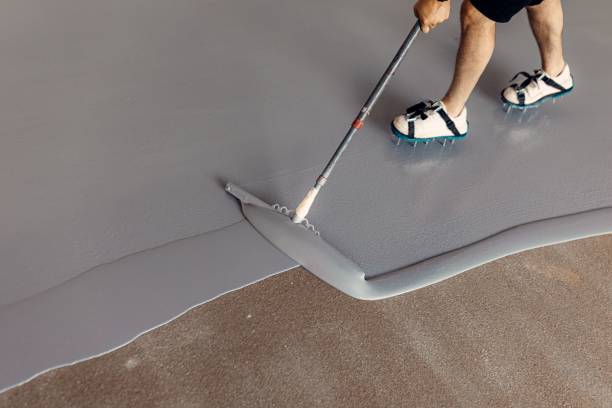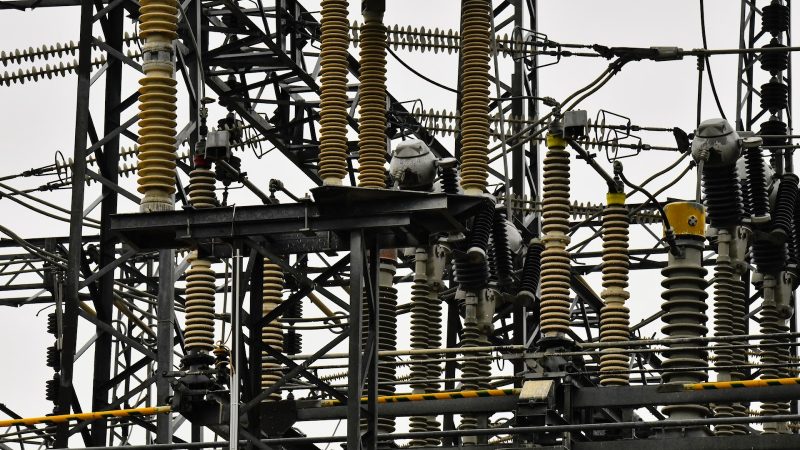The Different Types of Squat Stands Explained

Squat Stands are not just one specific piece of equipment, rather it is an umbrella term for a complete class of training equipment. You have a wide range of shapes and sizes to choose from, and not without reason. They can cater to multiple different use cases.
No matter whether you are looking for a Squat Rack for a home gym or a commercial gym, you first need to understand the different types of Squat Stands out there, and choose the one that would be the best fit for you.
1. Independent Squat Stands
What are Independent Squat Stands?
These types of Squat Stands are made from two separate and independent stands. Each stand is constructed from a single vertical beam, with a J hook on top and a base on the bottom.
Features that make Squat Stands stand out
- Easy Storage: Independent Squat Stands offer very easy storage with little hassle. This is one of its biggest advantages over any other type of squat rack. If you don’t have much space, this becomes specifically useful.
- Light and Moveable: Independent Squat Stands are light which means that when you need to use them, you can simply put them together, and when you are done all by yourself, you can simply put them away. You need not worry about dragging your squat rack across the floor or seeking someone’s help to move it.
Linked Squat Stands
What is Linked Squat Stands?
Linked Squat Stands are quite similar to Independent Squat Stands. The only change is the incorporation of a fixed-length beam that connects the two stands at the base. The J Hooks for raking the barbell are situated on top of the beams.
Features that make Linked Squat Stands stand out
(1) Ideal for Low Ceilings: Linked Squat Stands do not have full height vertical beams making them suitable for facilities with low ceilings. Also, the vertical beams are adjustable and can go as high as you need for different lifts, thereby ensuring that the Squat Stands can always be shorter than your ceiling.
(2) Better Stability than Independent Squat Stands: When compared to the Independent Squat Stands, you get a superior level of stability when racking a barbell with Linked Squat Stands. This is due to the presence of a foundational beam that links the two squat stands together.
Bumper Plate Storage: All you need to know
Are you in love with the “lived-in look” at your home or commercial gym? Whether you like or not, the storage of your bumper is quite important. If we think of the most common plates in a commercial gym that most people start working out with are multi-grip PU plates or iron plates. The only difference is that these plates are made up of solid metals, which is not the case with bumpers, and thus are less susceptible storage induced dramas.
Unlike other styles of plates, Bumper Plates are way thicker so you would definitely want to get some space back by bringing home an efficient storage solution.
When it comes to Bumper Plate Storage, a Plate tree is a practical solution that besides giving you the chance to get your gear off the ground, makes them quicker to grab during a set. Some Plate trees also come with wheels, which is an added bonus. This allows you to easily wheel your weights to the bar, and not carry or roll them around which is quite troublesome.
Other Bumper Plate Storage options that you can consider include:
(1) Wall-Mounted Plate Storage: You definitely have some wall space in your home or commercial gym. Create some new floor space with a few holes and some solid screws. Make sure that you don’t get too high and pick a solid structure.
(2) Toaster Rack: Besides being strong and stable, this type of Bumper Plate Storage can fit on all the plates you will need at the cost of taking up much more floor space. The little separators keep each plate free and available to grab and thus offer the fastest way to get the right plate onto your bar, irrespective of the weight.
Also Read: Embracing Wall Decor
(3) Vertical Holder: This type of Bumper Plate Storage is a vertical peg with legs, and is regarded as a tall and tidy way to manage plates. These holders also come on wheels, which makes life a little bit easier.
(4) Rack and Rig Storage Horns: Do you have a rack in your home or commercial gym? Then, these are the most convenient Bumper Plate Storage solution. These horns are bolted directly to your rack or rig, which helps in keeping your plates close and also provides easy access. Some of them are also “quick release”, so you can easily move them around when they are empty.
While there are many Bumper Plate Storage solutions and ways to keep your gear tidy, but you should make sure that you store the equipment in such a way that minimizes bending while also limiting contact with surfaces that might react or might be moist.






